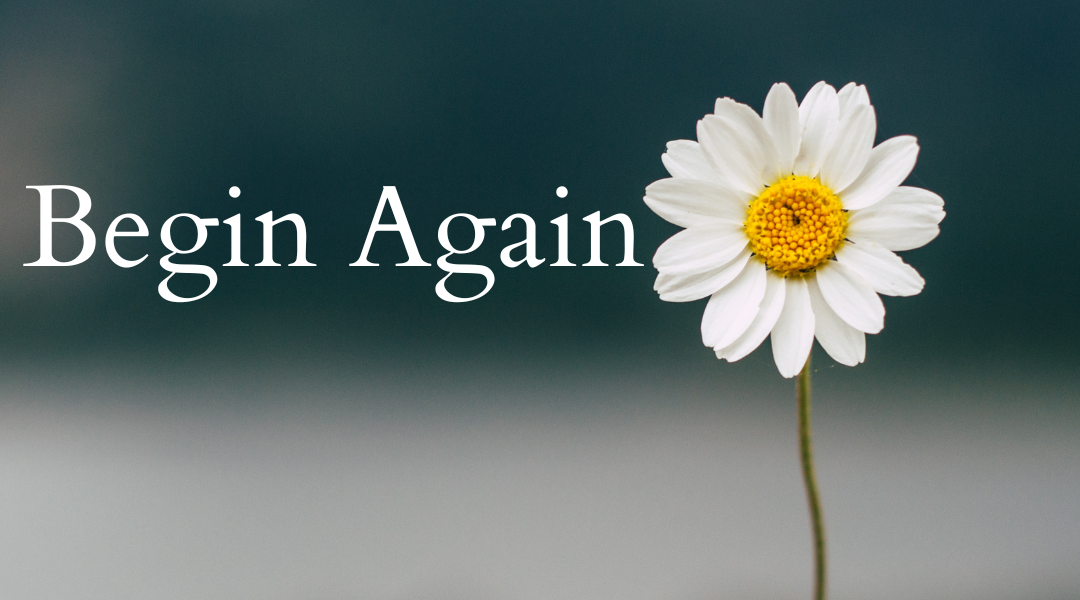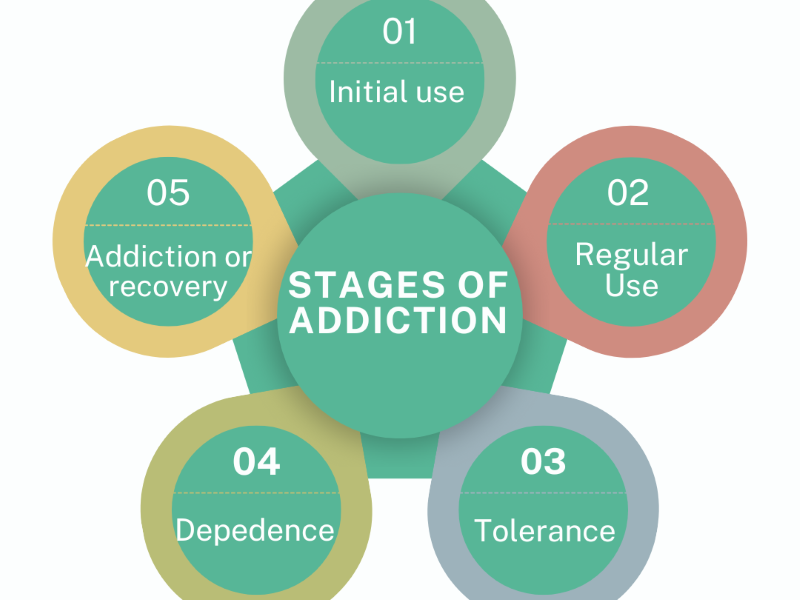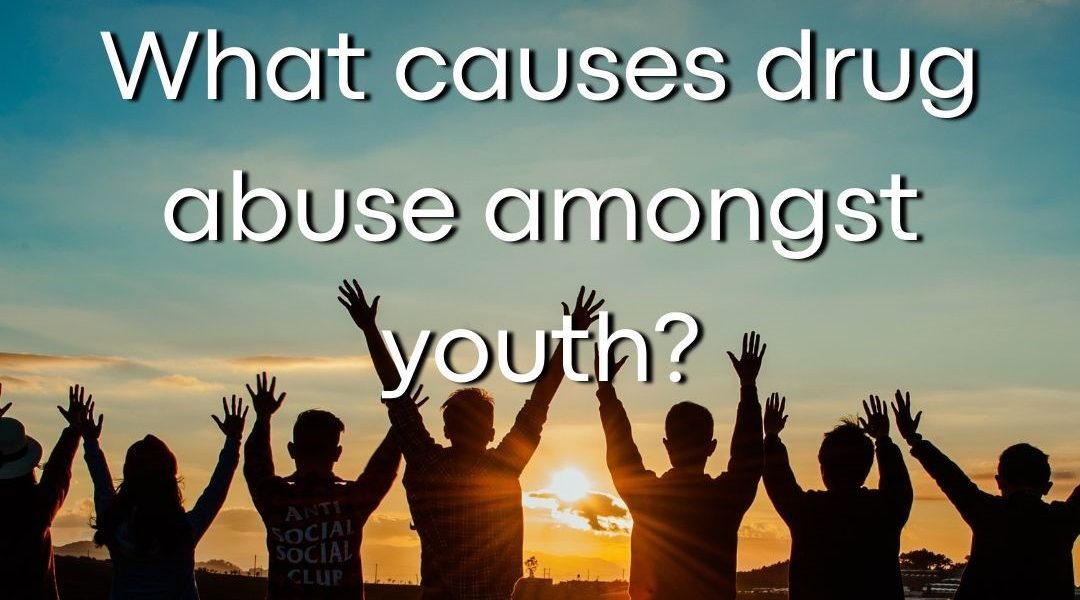We often look towards inspirational words and poems that can help lift our spirits and focus on the important things in life. When a person is battling substance addiction problems, motivational words and poems can help keep focus and on track with recovery. It can motivate a person toward action and getting help. Perhaps the most well-known motivational poem is “The Serenity Prayer”: God, Grant me the serenity to accept the things I cannot change To change the things that I can And the wisdom to know the difference. Since we are not immune from addiction problems and understand that it can happen to anyone, even the best of us(Nida,2018), one of the best things you can do in your life should you be the one facing addiction is to get help and begin again to rebuild your life in recovery. The next poem called “Begin Again” is quite inspirational: Begin again Begin to see yourself as you were when you were the happiest Begin to remember what worked for you and what worked against you Begin to try and re-capture the magic that is life Begin to live a lifetime each day as you did when you were a child Begin to forget your baggage, the problems that don’t matter anymore, the tears that cried themselves away, and the worries that are going to wash away on the shore of tomorrow’s new beginning Tomorrow tells us it will be here every new day of our lives If we are wise, we will turn away from the problems of the past And give the future and ourselves a chance to become the best of friends Sometimes all it takes is a wish in the heart to let yourself Begin again ~ Author Unknown People with a drug addiction can find some beautiful words to live by in a poem. It can speak to them and motivate them to action. If you are facing challenges, struggling with drug addiction, try writing your own poem. Look inside your heart, see what the addiction is doing to you and express your feelings in a poem. You may just find that you can inspire yourself! Clearview Clinic is a drug rehab in pretoria. We have a team of qualified expects who are available to answer any questions that you may have. We offer a holistic in-patient rehabilitation program for individuals struggling with drug addiction. Call today +27 12 819 1422 or +27 61 424 1939 (24/7) or email info@clearviewclinicsa.co.za for help. References www.nida.nih.gov/publications/drugs-brains-behavior-science-addiction/drug-abuse-addiction
Read MoreAddiction is a chronic disorder that affects millions of people worldwide. It’s a progressive condition that can start with a single choice(NIDA, 2011). While addiction manifests differently for everyone, there is a common pattern in the progression of addiction that can be understood through five distinct stages. These stages describe how an individual transitions from occasional use of a substance or behaviour to full-blown addiction. Understanding these stages is crucial for early intervention and treatment. Stage 1: Initial Use The first stage of addiction begins with initial use, which refers to the first time an individual engages in substance use or a potentially addictive behaviour. For many, this stage might not seem significant, as the use is often casual or recreational. However, the first experience with a substance sets the stage for what might come later. Initial use is influenced by various factors, including curiosity, social pressure, stress relief, or even medical necessity. (T SAAH,2005) The risk of moving beyond this stage increases if the initial experience is perceived positively, as the person may seek to repeat it. Stage 2: Regular Use As initial use gives way to regular use, the individual starts to incorporate the substance or behaviour into their daily routine. The individual may start to use the substance more frequently, though they are often still in control of their use. They may begin to rely on it as a coping mechanism for stress, anxiety, or other emotions. At this stage, they may start to experience some negative consequences, but the perceived benefits outweigh the risks. Stage 3: Tolerance As an individual continues to use the substance or engage in the behaviour, their body and mind begin to adapt, leading to the third stage: tolerance. Tolerance occurs when the individual needs increasing amounts of the substance to achieve the same effect that they initially experienced. For example, someone who drinks alcohol might find that they need to consume more drinks to feel the same level of intoxication. Tolerance is a significant indicator of developing addiction, as it reflects changes in the brain’s chemistry. The person’s body starts to depend on the substance or behaviour to function normally, leading them to escalate their use. This stage often goes unnoticed by the individual, who may rationalize their increased use as normal or necessary. Stage 4: Dependence This stage signifies a more serious progression of the condition. Addiction takes hold. The individual’s life becomes centred around the substance or behaviour, causing significant impairment in relationships, work, and overall well-being. They may experience intense cravings, loss of control, and continued use despite negative consequences. At this point, the individual’s body and mind have become so accustomed to the substance or behavior that they experience withdrawal symptoms when not using it. Stage 5: Recovery or Consequences The final stage presents two paths: recovery or continued downward spiral. With support and treatment, individuals can embark on the journey of recovery, rebuilding their lives and regaining control. Alternatively, without intervention, addiction can lead to severe physical, emotional, and social consequences, even death. Understanding the 5 stages of addiction can help individuals and loved ones recognize the signs of addiction and seek help before it’s too late. Remember, addiction is a treatable condition, and recovery is possible with the right support and resources. References NIDA “Drug misuse addiction” (2011) Saah, T. The evolutionary origins and significance of drug addiction. Harm Reduction J 2, 8 (2005).
Read MoreThe National Youth Commission Act, 1996, defines youth as people aged between 14-35 years. According to Stats SA(2010) ‘’Youth in South Africa constituted 37% of the population in 2010, numbering 19.1 million individuals.’’ There is a rise in drug use by the youth in South Africa. This ranges from the Youth in Schools and economically active population. ”This is a tide that South Africa is struggling with”. Based on the most recent report received from the SACENDU (South African Epidemiology network on drug use) dated April 2019 , it’s indicated that that the most common primary or secondary drug used by Youth under 20 years attending specialist treatment centres is cannabis. Treatment admission for alcohol related problems remains less common for Youth under the age of 20 and more common for Youth above 20years old. These are stats based on people that have gone for treatment. Unfortunately, there are many others that have not received or gone for treatment for many different reasons. In recent years, much has been learned about the health effects of drug use by the Youth. The health effects of teen drug use can vary, depending on such factors as frequency of use, the kind of drug taken, how much is taken, how quickly it gets into the brain, what other drugs are taken at the same time, the differences in body size and chemistry, the length of time the drugs are used, and other components. Drugs are readily available to those who choose to use them in either an “experimental” way or to those who are chronic drug abusers. The consequence of such use, even casual use, can be devastating to both the user, to the user’s family members and society. Click here for part two(2) of this article as it looks into ”What are the causes of drug use amongst Youth.” References : http://www.sahrc.org.za/home/21/files/SA%20CHILDREN%2024%20MARCH%202011%20SAHRC%20_%20UNICEF%20REPORT.pdf https://www.samrc.ac.za/sites/default/files/attachments/2019-04-30/SACENDUFullReportPhase44.pdf https://www.statssa.gov.za/?s=youth%20population
Read More


